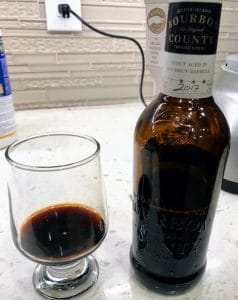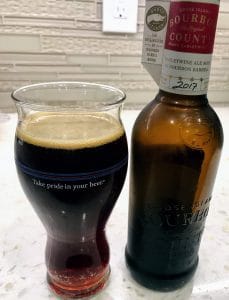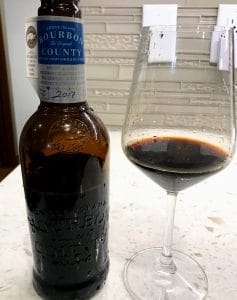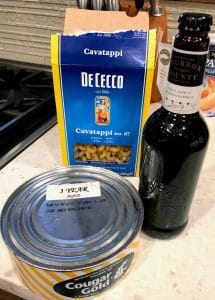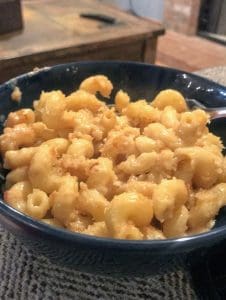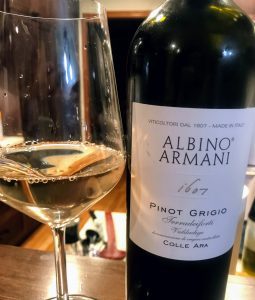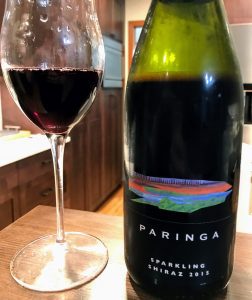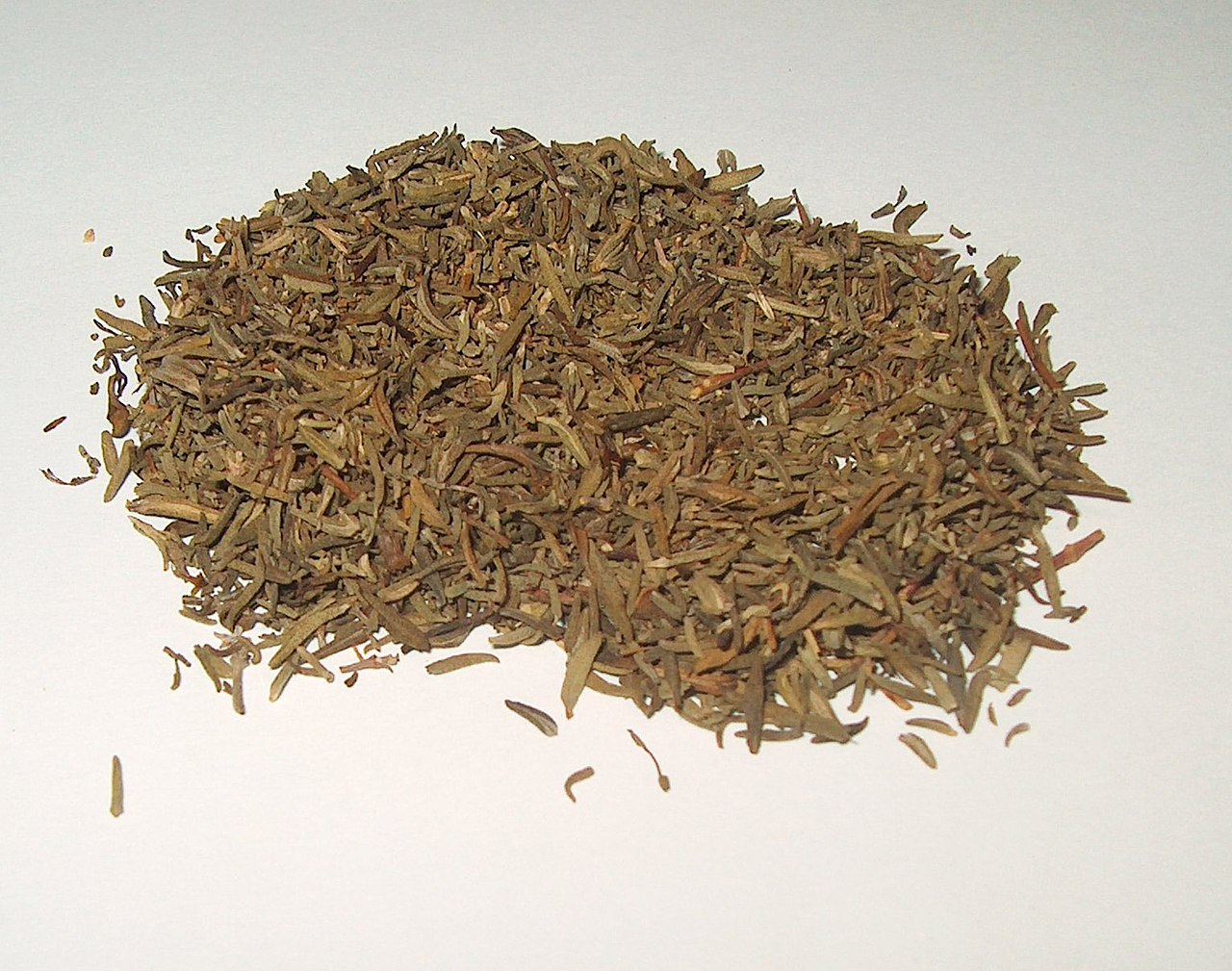On Bloomberg, Elin McCoy (of The Emperor of Wine fame) shared her thoughts on what wine trends will be the stories of 2018. She makes a few interesting predictions that are worth pondering.
1.) Big bottles will be huge
McCoy predicts sales in large format wines will continue to grow in 2018, citing the UK retailer Majestic’s enthusiasm for the category with sales of large format wines up nearly 400% in 2017. While among collectors, magnums have always held fondness for their ability to age more gracefully, the trend towards large format wines grew even in the “in the moment” rosé category.
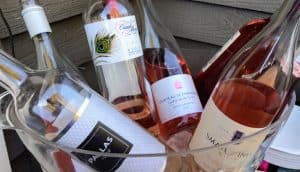
Beside, why have a mag of one rose when you can have 6?
I have to admit that I’m a bit skeptical of this trend namely because of other trends that are happening in the important Millennial demographic such as
drinking less overall and when they do drink,
not overdoing it. Downing a mag of rosé doesn’t seem to have long term appeal.
We are also likely to see a backlash to the “Generation Waste” trend among Millennials. One of the drivers in the growing “meal kit” industry that is popular among Millennials is the potential for less food waste with each kit being exactly portioned for 2 to 4 users. The potential waste in opening up a large format makes that trend seem even less appealing so I would wager more on single-serve wine packaging gaining traction than large formats in 2018.
2.) The year’s hot spot will be Spain
I’m on board with this prediction and I will add Portugal with its wealth of indigenous grape varieties to the watchlist. Now granted, wine experts have been making these predictions for a couple years. But hey, we’ve got The Bachelorette’s go ahead now. Enloquece, amigos!
3.) Climate change is heating up
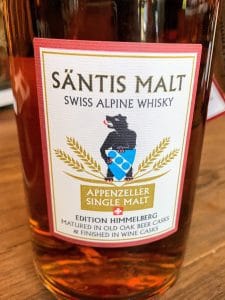
Though no one is talking about Swiss whiskey….yet.
This is something I talked about last year with my post
Running Out of Stones (and Glaciers) in the Age of Climate Change. The changing map of wine being driven by climate change is both frightening and exciting for wine lovers.
As much as the Japanese have taken the whiskey world by storm, could they do the same with Pinot noir from the north island of Hokkaido? Perhaps, but again we have to question at what cost?
4.) You’ll be buying more wine online
This one is up in the air for me. If Amazon can’t make a go out of selling wine online, who can? Certainly not Wine.com which has horrendous customer service.
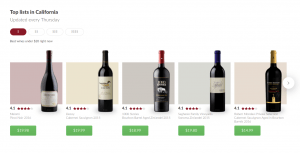
Though considering most of these wines are $2-3 higher on Vivino than they are at my local wine store, maybe free shipping isn’t that great of a deal?
I hit the “fool me twice” wall with Wine.com this past holiday season. I previously had a poor experience with getting a order with them but thought I would give Wine.com another try.
I ordered wine in November for a Champagne tasting event on December 17th, figuring that giving them more than 3 weeks would be adequate time. After weeks of poor communication, promises of status updates that never came, I got frustrated enough to cancel the order and have washed my hands of ever shopping with Wine.com again.
Still, I’ve had positive online experience with retailers such as JJ Buckley and utilizing in-store pick up with some local Washington State retailers. I will confess to being intrigued with Vivino’s Amazon Prime type offering of free shipping with a $47 annual membership.
I’ll keep my opinion of online wine shopping fluid at this point.
5.) The fizz sector will keep broadening

“I enjoy cooking with wine, sometimes I even put it in the food…” — Julia Child (or W.C. Fields depending on the source)
McCoy notes that consumers can expect
the price of Prosecco to rise in 2018 thanks to some troublesome harvests in northeast Italy. But even if consumers move away from Prosecco, increase interest in Spanish Cavas and French Crémants will more than fill the gap.
With this I fully agree as this is another Millennial driven trend that has several factors going for it. Beyond viewing bubbles as an everyday beverage (as opposed to just something for celebration), the cocktail culture among Millennials has saw a renaissance of not only classic favorites like Aperol Spritz and Kir Royale but also new rifts that give Millennials a reason to always have a bottle of bubbly in the fridge.
6.) The “luxury experience” way to taste wine

While most estates here are “reservation only”, I will say that one of my favorite visits in Bordeaux was to the very non-luxurious “Shackteau” of Marie-Laure Lurton’s Château La Tour de Bessan
This trend saddens me because it is also tied into
wineries moving away from offering free tastings. That is fodder for another post but, personally, I believe that the more “exclusive” and limited that wineries make their tasting experience, the more narrow their customer base gets.
While I understand the desire to discourage “Bridesmaid Brigades” that swoop into tasting rooms, guzzle up the free booze and leave without buying anything, I ultimately think wineries are better off encouraging folks to come in off the street and give their wines a try versus making their potential customer decide, right off the bat, if this unknown winery is worth paying whatever tasting fee is being asked.
Even among known and established wineries, I fret that the trend towards “reservation only” and luxury experience tasting is only going to push more wine into the realm of the “1%” and away from the experiences of regular consumers.
7.) The rise of robots in the poshest vineyards
Oh Lord have mercy if Elon Musk ever fixes his attention on the wine world. This is another area that is both exciting and frightening for wine lovers. On one hand, it is indisputable that advances in knowledge and technology in the vineyards and winery have led to this present glory age of exceptional wine quality. Even in the worst of vintages, it is still possible to make good (if not great) wine.

“Modern” old-school technology at Ch. Valandraud in St. Emilion.
But, again, at what cost? Increases in technology have certainly added
more tools to the winemaker’s tool belt but at what point do these tools stop being tools and start being more cosmetic manipulation?
Machines can help make better wine but, if you reduce the human element, can it really be great wine? How much of the “terroir” or story of the wine do we lose when we remove more of the human actors?
Of course, one driver of this trend that shouldn’t be overlooked is the increasing labor shortages in major wine regions. Perhaps the move towards technology could be one necessitated out of survival.
Either way, 2018 will be another interesting year of changes and development in the wine world. Drink up!
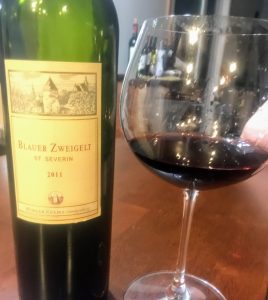 Some quick thoughts on the 2011 Winzer Krems Blauer Zweigelt St. Severin.
Some quick thoughts on the 2011 Winzer Krems Blauer Zweigelt St. Severin.

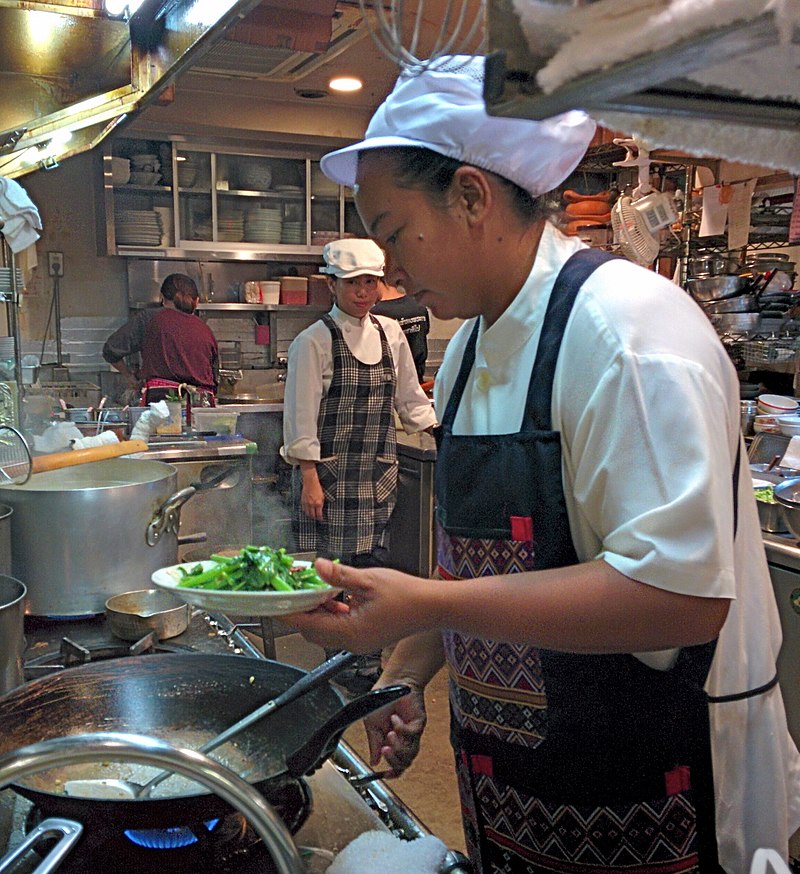


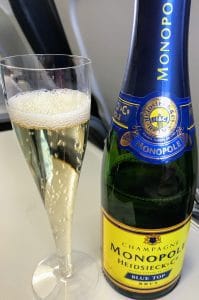

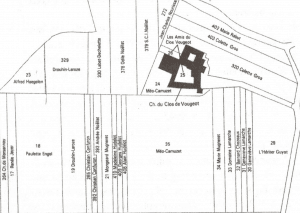

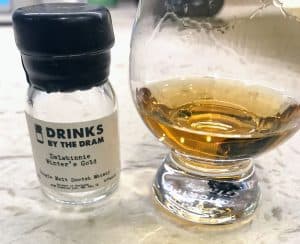 Some quick thoughts on the
Some quick thoughts on the 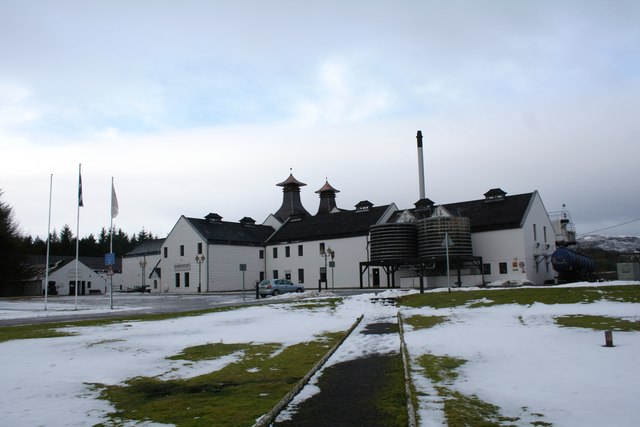
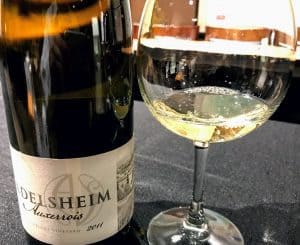 Going to need
Going to need 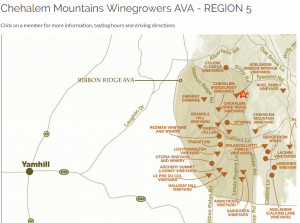



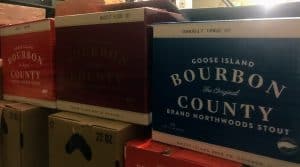 While the trend of
While the trend of 